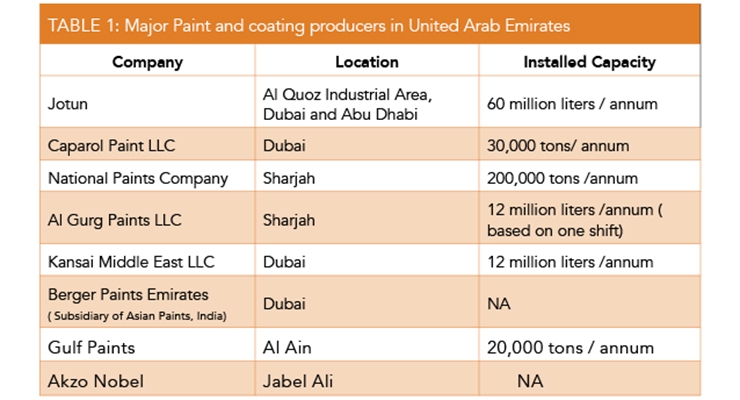Aspects To Take Into Consideration For Commercial Outside Painting By Season: Essential Information You Ought To Have
Aspects To Take Into Consideration For Commercial Outside Painting By Season: Essential Information You Ought To Have
Blog Article
Post Created By-Leach Decker
When you're intending a commercial external paint task, seasonal variables can make or break your results. You'll wish to take into consideration just how temperature and humidity impact paint application and drying out times. Picking the appropriate season can ensure your paint adheres appropriately and lasts much longer. But which seasons are absolutely the most effective for this sort of job? Allow's discover the key elements that can affect your project's success.
The Impact of Temperature on Paint Application
When you're preparing an industrial outside paint job, the temperature level can considerably impact how well the paint sticks and dries out.
Preferably, you want to repaint when temperatures range in between 50 ° F and 85 ° F. If it's as well cool, the paint may not cure effectively, causing issues like peeling or splitting.
On the other side, if it's too hot, the paint can dry too rapidly, stopping correct bond and resulting in an irregular finish.
You need to likewise take into consideration the time of day; early morning or late afternoon provides cooler temperature levels, which can be more beneficial.
Constantly inspect the supplier's recommendations for the certain paint you're using, as they commonly offer advice on the excellent temperature level variety for optimum outcomes.
Humidity and Its Impact on Drying Times
Temperature level isn't the only ecological aspect that influences your industrial external paint job; moisture plays a significant function too. High humidity levels can slow down drying times drastically, impacting the overall high quality of your paint task.
When the air is saturated with moisture, the paint takes longer to cure, which can result in concerns like inadequate adhesion and a greater risk of mold growth. If you're painting on a particularly humid day, be prepared for prolonged delay times between layers.
It's essential to check neighborhood weather conditions and plan appropriately. Ideally, go for humidity degrees between 40% and 70% for optimal drying.
Keeping these factors in mind guarantees your project stays on track and delivers a lasting coating.
Best Seasons for Commercial Exterior Paint Projects
What's the very best season for your industrial outside painting jobs?
Springtime and very early loss are generally your best bets. Throughout these periods, temperature levels are light, and moisture levels are frequently reduced, creating suitable problems for paint application and drying out.
Stay clear of summer's intense heat, which can cause paint to dry too rapidly, resulting in poor attachment and surface. Similarly, winter's cold temperature levels can hinder proper drying and curing, running the risk of the long life of your paint work.
Go for days with temperatures in between 50 ° F and 85 ° F for optimum results. Remember to examine the regional weather report for rain, as wet problems can ruin your job.
painting walls and ceiling same color around these elements ensures your paint project runs efficiently and lasts longer.
Final thought
In conclusion, intending your commercial outside paint projects around seasonal considerations can make a significant distinction in the result. By organizing https://www.idealhome.co.uk/news/tips-for-using-white-paint-251272 throughout the optimal temperature levels and moisture levels, you'll guarantee far better adhesion and drying times. Remember to keep an eye on regional weather prediction and pick the correct time of year-- spring and early loss are your best choices. Taking these steps will aid you accomplish a durable and specialist finish that lasts.
